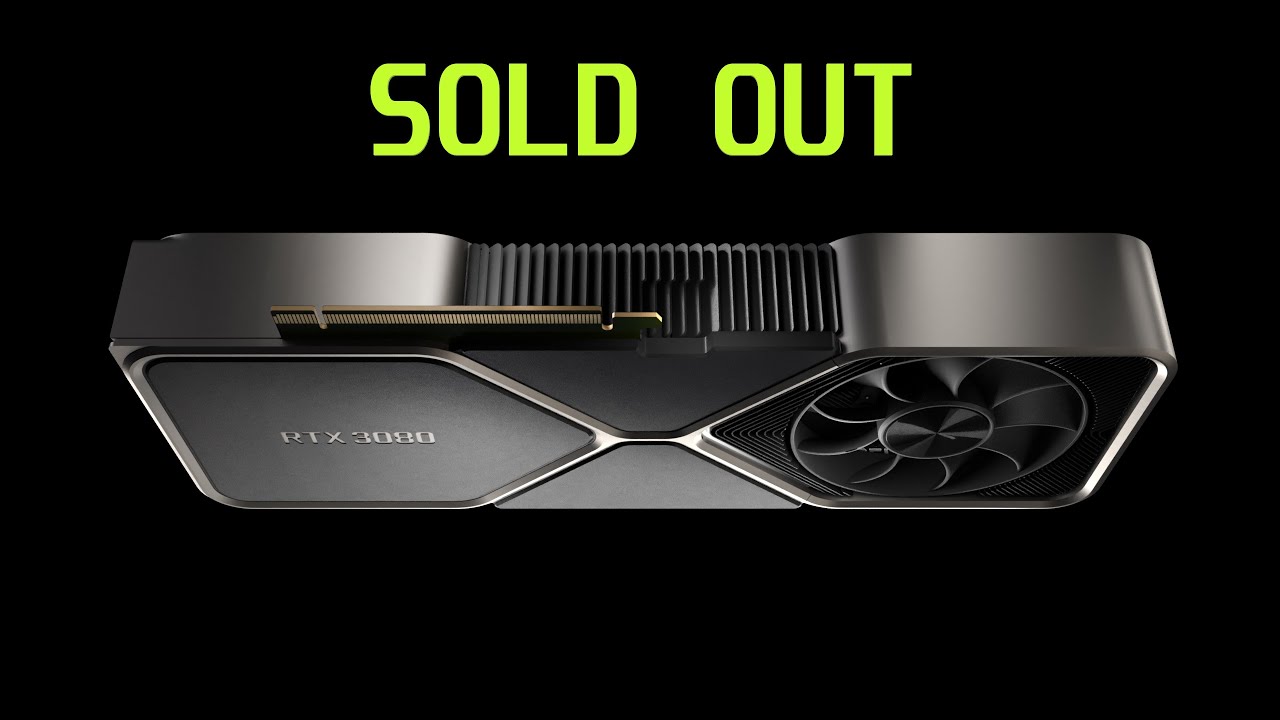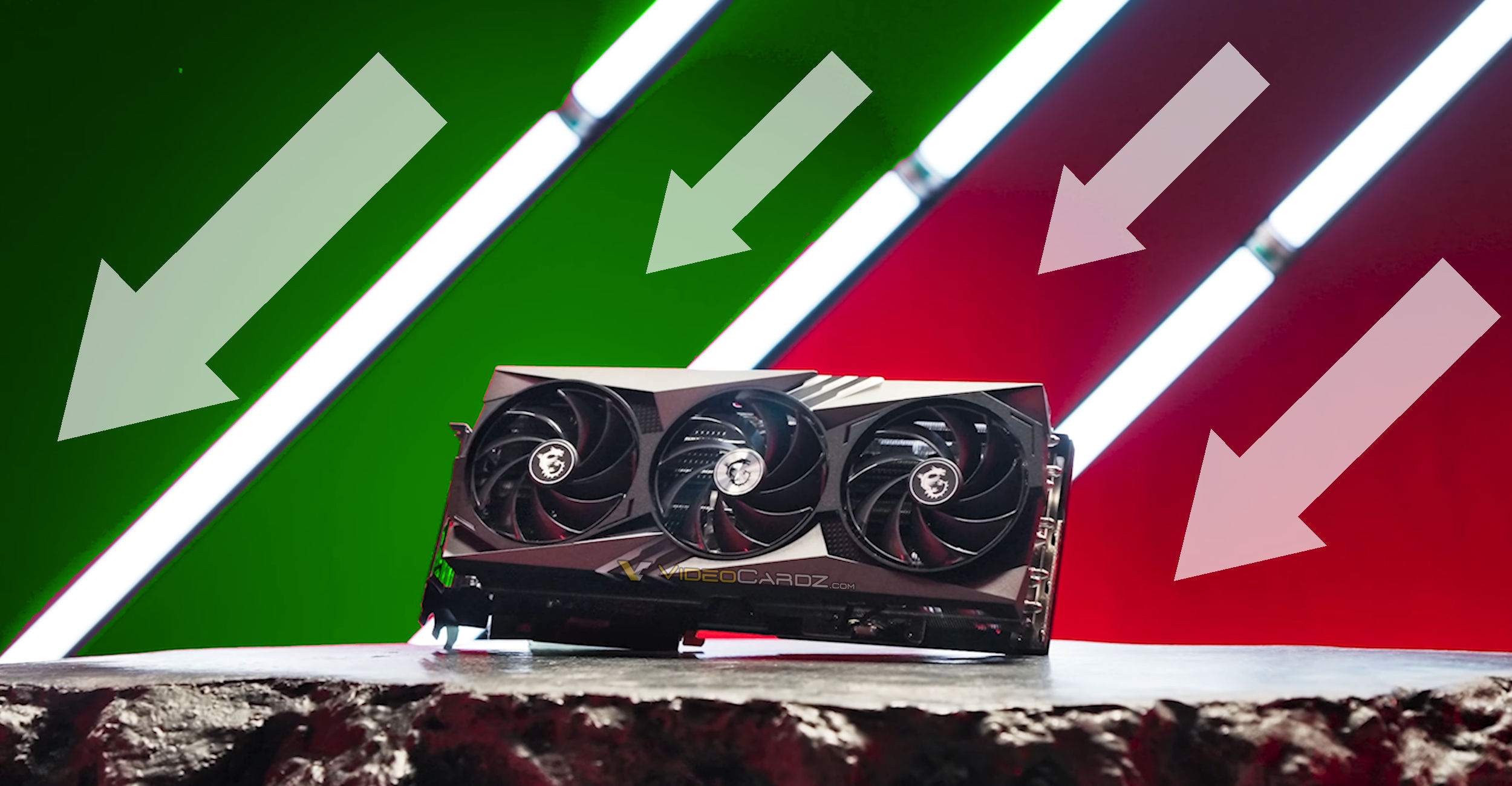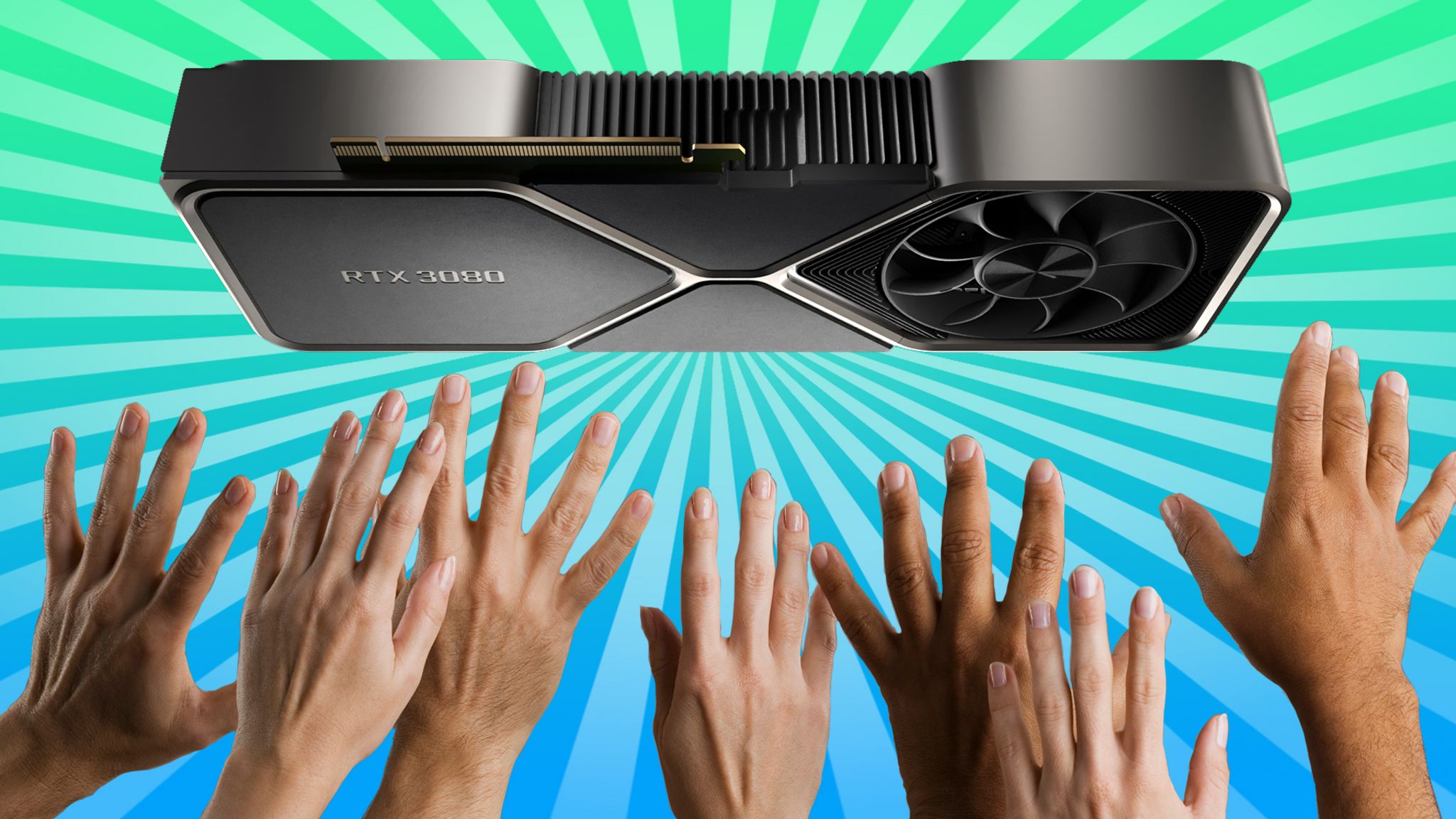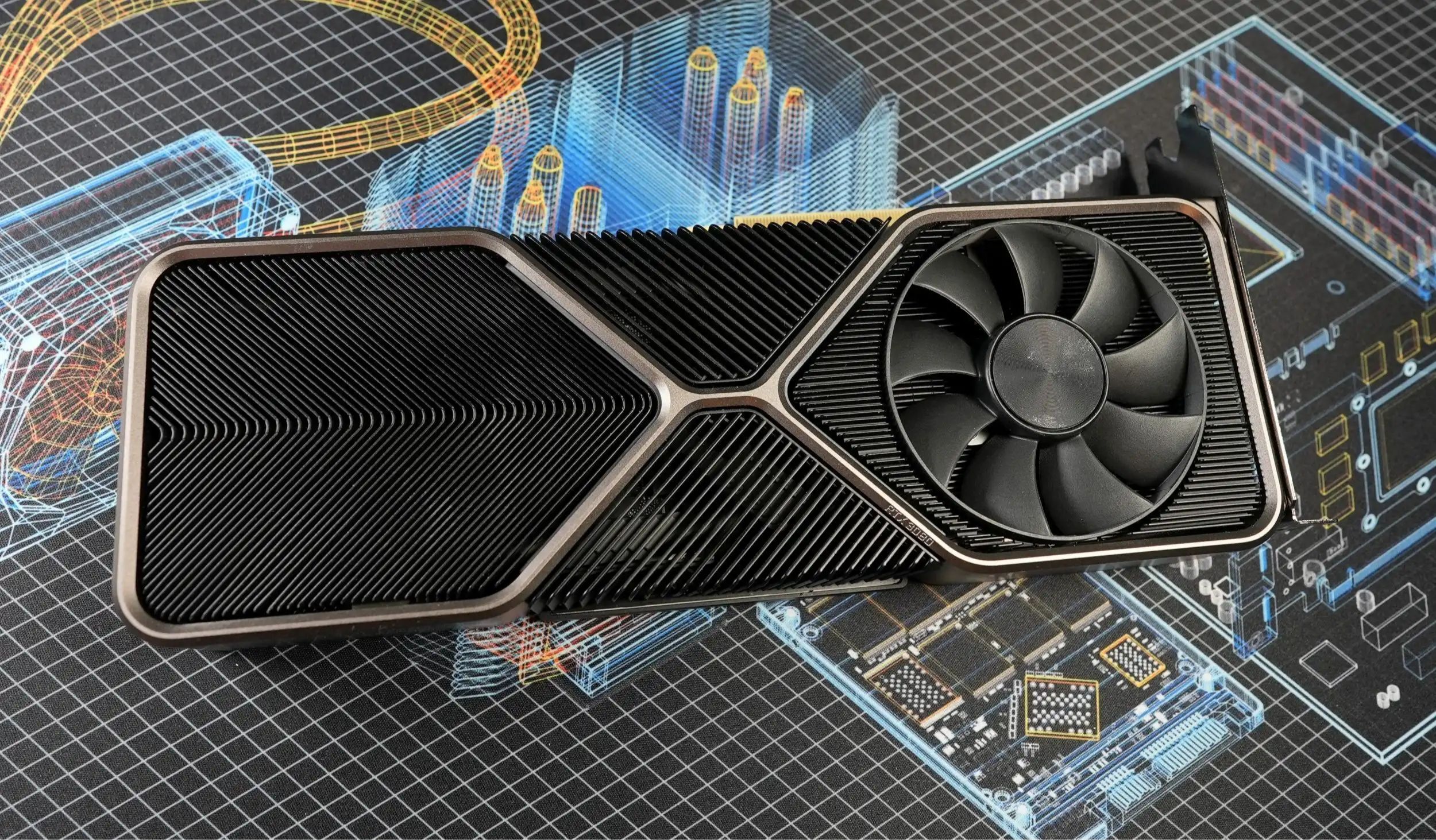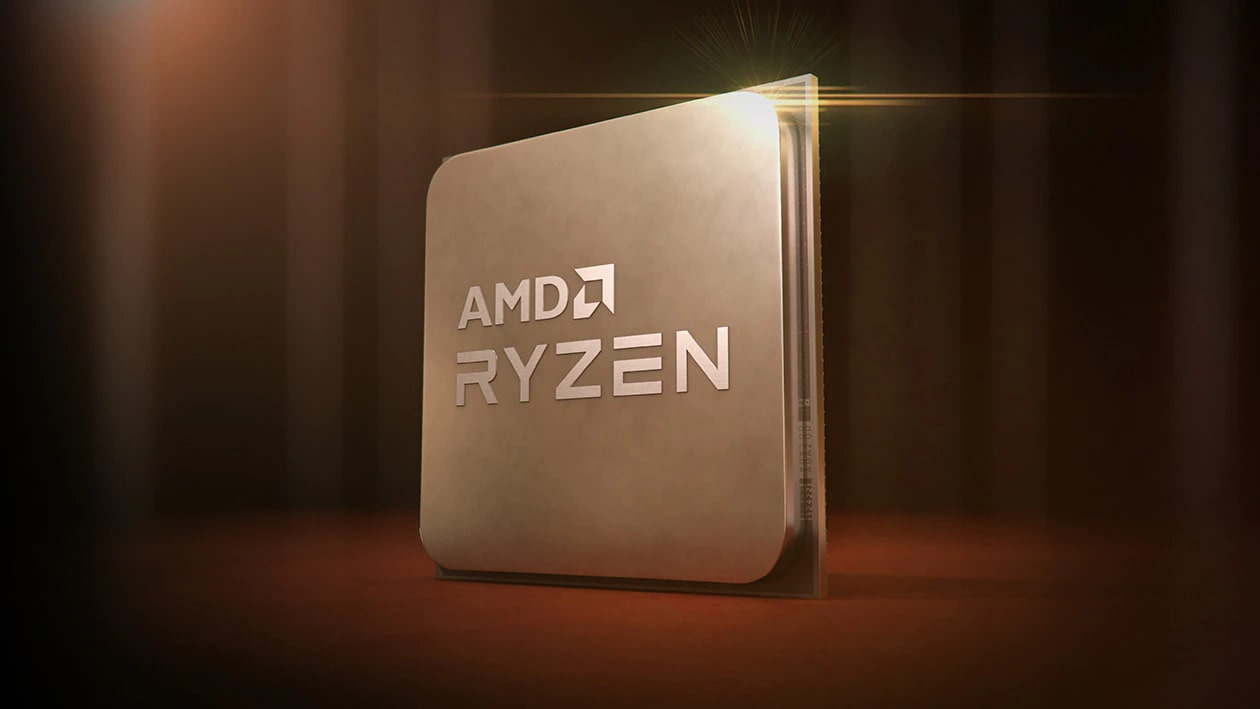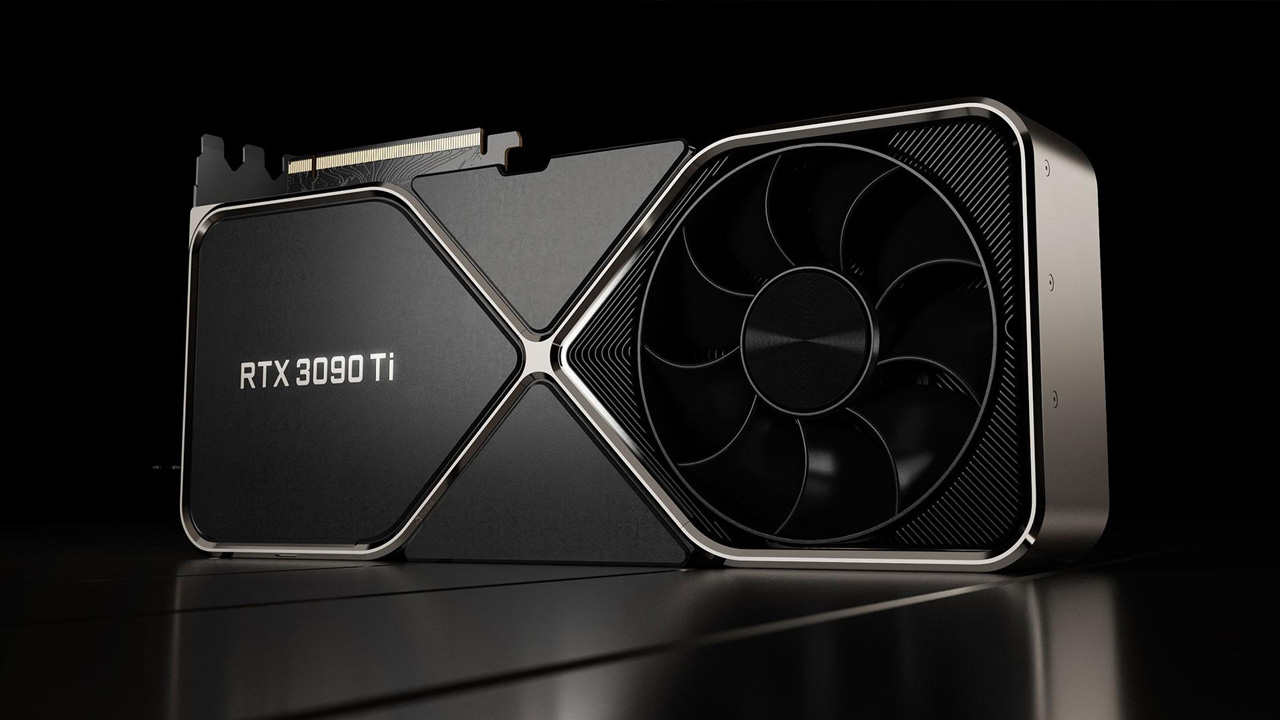Introduction
The global GPU shortage has been a hot topic in recent months, leaving gamers, content creators, and cryptocurrency miners in a state of frustration. The demand for graphics processing units (GPUs) has skyrocketed, while the supply struggles to keep up. This imbalance has resulted in inflated prices, limited availability, and a widespread shortage of GPUs in the market.
The shortage can be attributed to several factors, including the increased demand for GPUs for gaming, the rise of cryptocurrency mining, and the ongoing challenges posed by the COVID-19 pandemic. As a result, many consumers are left wondering when this shortage will come to an end and when they will finally be able to get their hands on a new GPU.
The impact of the GPU shortage has been felt across various industries. Gamers are finding it increasingly difficult to upgrade or build new gaming rigs, as prices for GPUs have reached exorbitant levels. Content creators, who heavily rely on powerful GPUs for video editing, rendering, and graphic design, are facing delays and limitations in their work. Even the cryptocurrency mining community, who use GPUs to mine for digital currencies, has been hit hard, with the shortage hindering their mining operations and profitability.
The current state of GPU availability is dire, with popular models consistently out of stock or being sold at significantly inflated prices. Online retailers often struggle to meet the demand, and brick-and-mortar stores have limited supplies that sell out quickly. This scarcity of GPUs has created a sense of urgency and frustration among consumers who are eager to upgrade or build their PC setups.
While it is difficult to determine an exact timeline, various factors could contribute to how long the GPU shortage will persist. The production and supply chain challenges caused by the pandemic, coupled with the continuously evolving demands and constraints of the gaming and cryptocurrency industries, create a complex landscape for GPU manufacturers to navigate.
In the following sections, we will explore the possible reasons behind the GPU shortage, examine the current state of GPU availability, discuss potential timelines for when the shortage may subside, and consider alternative solutions and coping strategies for individuals and businesses affected by this ongoing scarcity.
What is causing the GPU shortage?
There are several factors contributing to the current GPU shortage. Firstly, the increased demand for high-performance GPUs in the gaming industry is a major driver. With the launch of new and highly anticipated game titles, there is a surge in the number of gamers looking to upgrade their systems to achieve better graphics and higher frame rates. This increased demand has put strain on GPU manufacturers, who are struggling to keep up with the surge in orders.
Another significant factor is the rise of cryptocurrency mining. Cryptocurrencies like Bitcoin and Ethereum require substantial computing power, making GPUs an essential tool for miners. As the value of cryptocurrencies skyrocketed in recent months, more people entered the mining scene, driving up the demand for GPUs even further. This has resulted in miners purchasing large quantities of GPUs, leading to a scarcity in the market for regular consumers.
The COVID-19 pandemic has also played a role in exacerbating the GPU shortage. The spread of the virus has disrupted supply chains, causing delays in the production and distribution of GPUs. Manufacturing facilities have faced closures or reduced operations, while transportation and logistics have been hampered by restrictions and increased demand for shipping resources. These challenges have created bottlenecks in the supply chain, making it even more difficult to meet the rising demand for GPUs.
Furthermore, scalpers and resellers have taken advantage of the shortage, further exacerbating the problem. Using automated bots and other tactics, they quickly snatch up available stock and resell it at inflated prices, making it even more difficult for regular consumers to get their hands on a GPU at a reasonable price.
To add to the complexity, the ongoing trade wars and geopolitical tensions between major GPU manufacturing countries, such as the United States and China, have also impacted the supply of GPUs. Tariffs and trade restrictions can disrupt the flow of components and finished products, leading to more challenges and delays in manufacturing and distribution.
In summary, the GPU shortage is primarily caused by the increased demand from the gaming and cryptocurrency industries, the disruptions caused by the COVID-19 pandemic, the actions of scalpers and resellers, and the trade wars affecting the global supply chain. These factors have created a perfect storm, resulting in limited availability and inflated prices for GPUs in the market.
Impact of the GPU shortage
The ongoing GPU shortage has had a significant impact on various industries and individuals. Let’s explore some of the key areas affected by this scarcity.
1. Gaming: Gamers have been hit hard by the GPU shortage. With limited availability and skyrocketing prices, many enthusiasts are unable to upgrade their systems or purchase the latest GPUs for an optimal gaming experience. This scarcity has led to frustration and disappointment among gamers who were eagerly anticipating hardware upgrades to enjoy new game releases with better performance and graphics.
2. Content creation: Professionals in fields such as video editing, 3D modeling, and graphic design heavily rely on powerful GPUs to run resource-intensive applications. The shortage has created delays in project completion and restricted the ability to work efficiently. Content creators are facing difficulties in meeting client deadlines, and creative projects are being hindered due to the lack of necessary computing power.
3. Cryptocurrency mining: As mentioned earlier, GPUs are integral to cryptocurrency mining operations, especially for mining popular currencies like Bitcoin and Ethereum. The shortage has made it challenging for miners to expand their operations or replace aging equipment, resulting in decreased mining efficiency and potential revenue losses. This has impacted the profitability of miners and affected the overall mining ecosystem.
4. Retailers and resellers: The shortage has also posed challenges for retailers and resellers. With limited stock availability, it becomes difficult for them to cater to customer demands. Scalpers and resellers, who take advantage of the scarcity, further exacerbate the problem by artificially driving up prices and making it harder for regular consumers to purchase GPUs at reasonable prices.
5. PC builders and system integrators: Builders who specialize in custom PC builds and system integrators face hurdles due to the limited GPU supply. This leads to delays in fulfilling customer orders, affecting their business operations and customer satisfaction.
6. Innovation and technological advancements: The GPU shortage hampers technological progress. It slows down research and development efforts that rely on powerful GPUs for computational tasks, hindering advancements in fields such as artificial intelligence, machine learning, and scientific simulations.
In summary, the GPU shortage has had a widespread impact on gamers, content creators, cryptocurrency miners, retailers, PC builders, and the pace of technological advancements. The inability to obtain GPUs at reasonable prices or in a timely manner has caused frustration, delays, and financial implications for individuals and businesses alike.
Current state of GPU availability
The current state of GPU availability can be described as challenging and frustrating for consumers. Despite high demand, GPUs from popular manufacturers such as NVIDIA and AMD are consistently out of stock or available in limited quantities. This shortage has been exacerbated by the surge in demand from the gaming and cryptocurrency mining communities, as well as disruptions caused by the COVID-19 pandemic.
Online retailers, including major platforms like Amazon and Newegg, struggle to keep GPUs in stock for more than a few minutes once they become available. The high demand and limited supply have created a competitive buying environment, with consumers needing to act quickly and monitor stock alerts to have a chance of purchasing a GPU at its original retail price.
Brick-and-mortar stores, on the other hand, often have limited supplies of GPUs, and customers may need to wait in long queues or pre-order their desired models to secure a unit. However, this also comes with the risk of facing long waiting periods or inflated prices. Some retailers have implemented purchase restrictions, allowing only one GPU per customer, in an attempt to prevent scalpers from buying up all available stock.
The scarcity of GPUs has resulted in inflated prices on the secondary market, where scalpers and resellers take advantage of the shortage to make significant profits. This further frustrates consumers who are unable to purchase GPUs at their original retail prices and must instead resort to paying exorbitant amounts to obtain a card.
It is worth noting that not all GPU models are equally affected by the shortage. Higher-end GPUs, such as the NVIDIA GeForce RTX 3000 series or AMD Radeon RX 6000 series, are particularly hard to come by due to their popularity and performance capabilities. However, even mid-range and entry-level GPUs are facing supply constraints, albeit to a lesser extent.
Manufacturers are working diligently to ramp up production and meet the overwhelming demand. However, several challenges persist, including global component shortages and manufacturing capacity limitations. These factors contribute to the continued scarcity in the market and make it difficult to predict when GPU availability will return to normal.
In summary, the current state of GPU availability is characterized by limited stock, quick sellouts, and inflated prices in both online and physical retail channels. The high demand driven by gamers, cryptocurrency miners, and resellers, coupled with ongoing supply chain disruptions, continues to make it challenging for consumers to purchase GPUs at reasonable prices.
When can we expect the GPU shortage to end?
Predicting an exact timeline for the end of the GPU shortage is challenging due to various factors at play. However, several indicators can help us understand when we might start seeing improvements in GPU availability.
Firstly, manufacturers are actively working to increase production capacity to meet the soaring demand. Both NVIDIA and AMD have expressed their commitment to ramping up production, and several reports suggest that production volumes are gradually increasing. As production levels stabilize and catch up with demand, we can expect a gradual improvement in GPU availability.
Additionally, the global component shortage, which has impacted the production of GPUs, is expected to ease in the latter half of 2021. Key components such as semiconductors are in high demand across various industries, not just the GPU market. As the supply of these components improves, it will positively impact GPU production and, subsequently, availability.
Another factor to consider is the potential shift in demand. The cryptocurrency market, which has significantly contributed to the GPU shortage, is highly volatile. If the value of cryptocurrencies decreases or alternative methods of mining emerge, the demand for GPUs from miners may decrease, therefore alleviating some of the strain on the market. Additionally, as the availability of next-generation consoles increases, the demand for high-end gaming PCs may stabilize, providing some relief to the GPU shortage.
It is also important to monitor the ongoing impact of the COVID-19 pandemic. As vaccination efforts progress and global supply chains adjust to the new normal, it is reasonable to expect fewer disruptions in GPU production and distribution. However, it is worth noting that new variants or unforeseen challenges related to the pandemic could still impact the timeline for the resolution of the GPU shortage.
While it is difficult to provide a specific timeline, industry experts and analysts suggest that the GPU shortage may persist well into 2022 or potentially even longer. This projection takes into account the current demand, supply chain challenges, and the time required for manufacturers to scale up production adequately.
In summary, it is challenging to pinpoint an exact end date for the GPU shortage. However, as production capacity increases, global component shortages ease, demand shifts, and the impact of the COVID-19 pandemic diminishes, we can expect gradual improvements in GPU availability. Monitoring industry updates and market trends will provide better insights into when the shortage may start to subside.
Factors that could prolong the GPU shortage
While there are hopes for the GPU shortage to subside in the future, several factors could potentially prolong the scarcity of graphics cards in the market. Understanding these factors can provide insights into the challenges that need to be overcome in order for the situation to improve.
1. Continued high demand: The demand for GPUs from both gamers and cryptocurrency miners remains strong. As new game releases continue to drive interest in gaming and the value of cryptocurrencies fluctuates, the demand for GPUs can remain high. Sustained high demand can strain GPU manufacturers’ efforts to meet the needs of the market and may extend the shortage.
2. Supply chain challenges: The global supply chain has been heavily impacted by the COVID-19 pandemic, causing disruptions and delays in the production and distribution of GPUs. Ongoing challenges with logistics, transportation, and component shortages can prolong the GPU shortage, as manufacturers struggle to keep up with demand amid these supply chain constraints.
3. Trade wars and geopolitical tensions: Tensions and trade disputes between major manufacturing countries like the United States and China can affect the production and availability of GPUs. Tariffs, export restrictions, and other trade-related factors can hinder the smooth flow of components and finished products, leading to delays and limited supply. These geopolitical factors may contribute to the prolonged scarcity of GPUs.
4. Scalpers and resellers: The activities of scalpers and resellers in the market exacerbate the shortage by purchasing large quantities of GPUs and reselling them at inflated prices. These individuals and groups often employ automated bots to secure stock before regular consumers even have a chance to make a purchase. As long as scalpers continue to profit from the shortage, the problem could persist.
5. Manufacturing limitations: GPU manufacturers face their own operational limitations and challenges. Scaling up production to meet demand requires time and investment in manufacturing facilities, machinery, and skilled labor. Delays in increasing production capacity or navigating the complexities of production schedules could prolong the GPU shortage.
In summary, factors such as sustained high demand, supply chain challenges, trade wars, scalpers and resellers, and manufacturing limitations can all contribute to the prolongation of the GPU shortage. Addressing these factors and finding solutions will be crucial in alleviating the scarcity and ensuring a more balanced supply and demand landscape in the GPU market.
Possible solutions to the GPU shortage
The GPU shortage has created significant challenges for consumers, but there are several potential solutions that could help alleviate the scarcity and improve availability in the market. Here are some possible solutions to consider:
1. Increased production capacity: GPU manufacturers can invest in expanding their production capacity to meet the growing demand. This may involve scaling up existing manufacturing facilities, establishing new production lines, or partnering with third-party manufacturers to boost supply. By increasing production, manufacturers can help address the shortage and make GPUs more widely available.
2. Prioritizing regular consumers: Implementing measures to prioritize sales to regular consumers over scalpers and resellers can help ensure that GPUs reach the hands of those who genuinely need them. Online retailers can implement stricter purchase limits, introduce anti-bot measures, and encourage verification processes to deter scalping activities and ensure fair distribution of stock.
3. Transparent communication: GPU manufacturers can improve communication with consumers by providing more transparent updates on production capacity, expected restocks, and availability. This can help manage expectations and reduce frustration among consumers who are eagerly waiting to purchase GPUs. Manufacturers can also work closely with retailers to provide more accurate and timely stock information to help consumers make informed purchasing decisions.
4. Collaboration and partnerships: GPU manufacturers can collaborate with component suppliers to address any supply chain bottlenecks or component shortages. By working together, they can streamline production processes, secure necessary components, and enhance overall efficiency. Collaborative efforts can help expedite the production and delivery of GPUs to the market.
5. Investing in alternative technologies: GPU manufacturers can explore and invest in alternative technologies, such as dedicated cryptocurrency mining hardware or more energy-efficient GPUs. This could help divert some demand away from traditional GPUs used for mining, thereby freeing up supply for other consumers’ needs.
6. Government intervention: Governments can play a role in mitigating the GPU shortage by implementing policies or regulations that discourage or restrict scalping activities. This could include measures such as increased penalties for illegal scalping, stricter online marketplace regulations, or legal restrictions on the resale of GPUs above a certain price threshold. Government support and incentives for local manufacturing and component suppliers could also help stimulate domestic production and reduce dependence on global supply chains.
It is important to note that implementing these solutions may require time, coordination, and collaboration among various stakeholders. While these suggestions can help address the GPU shortage, a comprehensive and long-term solution will likely require a combination of strategies from manufacturers, retailers, governments, and consumers themselves.
Tips for coping with the shortage
Dealing with the GPU shortage can be frustrating, but there are strategies and tips that can help you navigate through this challenging period. Here are some tips for coping with the shortage:
1. Patience and persistence: Understand that the shortage may not resolve immediately, and finding a GPU at a reasonable price might require time and effort. Stay patient and persistent in your search, regularly checking online retailers, subscribing to stock notifications, and being ready to make a purchase when stock becomes available.
2. Set realistic expectations: With limited availability, it’s important to set realistic expectations for your upgrade or purchase. Consider alternative GPU models or configurations that meet your requirements and are more likely to be in stock. You may need to compromise on certain features or performance levels to secure a GPU within your budget.
3. Explore pre-built systems: Consider purchasing pre-built systems that come with a GPU included. This can be an alternative option during the shortage, as some pre-built systems may have better access to GPUs compared to individual component purchases.
4. Optimize your current setup: Explore ways to optimize your existing system by tweaking settings, updating drivers, and managing resources efficiently. Software optimizations can help squeeze out better performance from your current GPU while you wait for the availability of newer models.
5. Consider the used market: Check reputable platforms for used GPUs being sold by individuals who are upgrading their systems. While it may come with some risks, purchasing a used GPU could be a more affordable option than buying a new one during the shortage. Ensure you thoroughly research the condition of the product and verify the seller’s credibility before making a purchase.
6. Join community groups and forums: Engage with online communities, such as gaming or PC enthusiast forums, where members often share updates and tips on GPU availability. These communities can provide insights into restocks, special promotions, or alternative purchasing channels that might not be widely known.
7. Follow social media channels: Stay updated with official social media accounts of GPU manufacturers and retailers. They often announce restocks or other relevant information that can help you secure a GPU. Additionally, following reputable tech journalists and industry influencers on social media can provide valuable insights and real-time information regarding GPU availability.
8. Consider alternative computing options: If your primary need for a GPU is for tasks other than gaming or intensive graphics, consider exploring cloud-based gaming services or using remote access software to access powerful systems remotely, reducing the need for a dedicated GPU in your own machine.
It’s important to remember that the shortage is temporary, and availability will eventually improve. By staying informed, exploring alternative options, and adapting your expectations, you can better cope with the GPU shortage until you are able to secure the component you need for your desired setup.
Conclusion
The GPU shortage has created significant challenges and frustrations for gamers, content creators, and cryptocurrency miners alike. The high demand driven by the gaming industry and the rise of cryptocurrency mining, coupled with supply chain disruptions and the impact of the COVID-19 pandemic, has resulted in limited availability and inflated prices for graphics cards.
While predicting an exact end date for the shortage is difficult, there are signs of potential improvements on the horizon. Manufacturers are working to increase production capacity, global component shortages are expected to ease, and the market dynamics may shift as demand fluctuates and alternative technologies emerge. However, it is important to remain patient and realistic in expectations.
In the meantime, consumers can cope with the shortage by staying informed, exploring alternative options, and optimizing their current setups. Additionally, initiatives such as prioritizing regular consumers over scalpers, transparent communication, collaboration between manufacturers and suppliers, and government interventions can help alleviate the shortage and create a more balanced market.
Coping with the shortage requires resilience and adaptability. By following tips such as being patient, considering pre-built systems or the used market, and staying connected with online communities, consumers can navigate through the challenges and make the most of their current setups until GPU availability stabilizes.
While the GPU shortage may persist for some time, it is important to remember that this is a temporary situation. GPU manufacturers, retailers, and other stakeholders are proactively working to address the shortage and meet the demands of consumers.
In conclusion, the GPU shortage is a complex issue influenced by various factors, but there are promising signs of improvement. By being aware and proactive, consumers can cope with the shortage and stay engaged in their hobbies, work, and gaming pursuits until GPU availability returns to normal.







